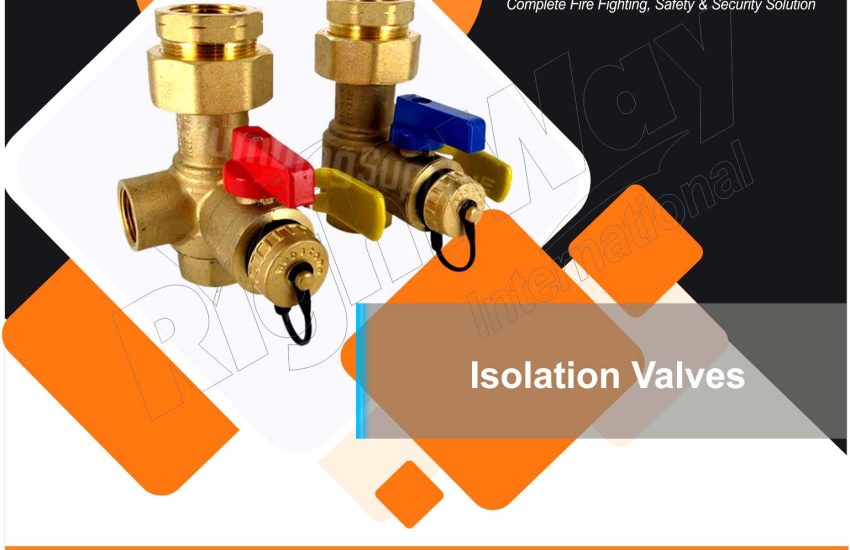Isolation Valves are essential components in various piping systems, used to control the flow of liquids and gases. They allow for maintenance, repairs, and modifications without disrupting the entire system. This article explores the importance, types, applications, and maintenance of isolation valves.
Importance of Isolation Valves
- Flow Control: Isolation valves enable precise control of fluid flow within a system, allowing operators to shut off sections as needed.
- Maintenance and Safety: By isolating sections of a system, maintenance can be performed safely without shutting down the entire operation. This minimizes downtime and enhances safety for personnel.
- System Integrity: Isolation valves help maintain system integrity by preventing leaks and protecting equipment from damage.
- Emergency Response: In emergencies, isolation valves allow for quick shutdowns, preventing potential hazards or spills.
Types of Isolation Valves
- Gate Valve:
- Used for on/off control.
- Provides minimal pressure drop and resistance when fully open.
- Ball Valve:
- Offers quick shut-off capabilities with a quarter turn.
- Ideal for applications requiring fast operation.
- Butterfly Valve:
- Suitable for large volumes of fluid, providing efficient flow control.
- Compact design allows for space-saving installations.
- Globe Valve:
- Designed for throttling and flow regulation.
- Provides better control over flow rates compared to gate valves.
- Check Valve:
- Prevents back flow in a piping system, ensuring fluid flows in one direction.
Applications
- Water Supply Systems: Used in municipal water systems to control flow and perform maintenance without disrupting service.
- Oil and Gas Industry: Isolation valves are critical for managing the flow of oil, gas, and other fluids in pipelines.
- Chemical Processing: Used to control the flow of chemicals in processing plants, ensuring safety and compliance with regulations.
- HVAC Systems: Employed in heating, ventilation, and air conditioning systems to isolate components for maintenance and repair.
Installation Considerations
- Location: Install isolation valve in accessible locations for easy operation and maintenance.
- Sizing: Choose valves that match the pipe size and flow requirements of the system to ensure optimal performance.
- Orientation: Install valves according to the manufacturer’s specifications to avoid operational issues.
- Professional Installation: It is advisable to have a qualified technician perform the installation to ensure compliance with relevant codes and standards.
Maintenance Practices
- Regular Inspections: Conduct routine checks to ensure valves are functioning correctly and free from leaks.
- Operational Testing: Periodically test valves to confirm they can open and close properly under pressure.
- Cleaning: Keep valve components clean to prevent corrosion and buildup that could hinder performance.
- Replacement: Replace worn or damaged valves promptly to maintain system integrity and prevent failures.
Conclusion
Isolation valves are vital for controlling fluid flow, enhancing safety, and facilitating maintenance in various applications. Understanding their types, functions, and maintenance needs is essential for ensuring the reliability and efficiency of piping systems. By investing in quality isolation valves and adhering to best practices, facilities can maintain operational integrity and protect against potential hazards.


